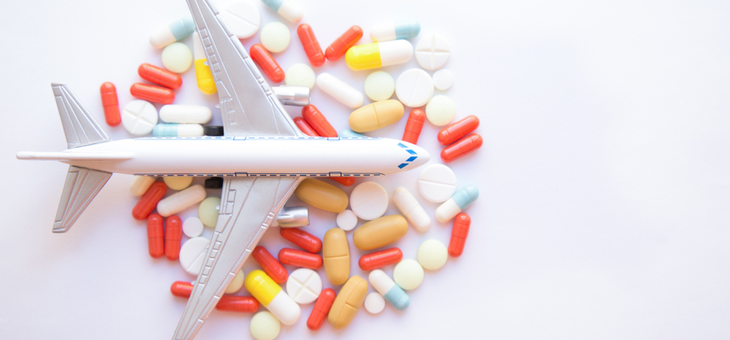Are you one of those nervous air passengers who secretly hopes that a doctor or nurse is on your flight? Well, don’t pray too hard, because even if there is and you become ill, some airlines are more likely to take medical advice from an on-the-ground specialist.
According to some reports, airlines who do ask a doctor to come forward to treat a passenger who has fallen ill are more likely than not to divert the aircraft to make an unscheduled landing … an expensive and preferably avoided exercise.
This may be because the flying medico lacks the confidence to treat a patient under the circumstances unique to an airborne craft or it may be due to fear of attracting a lawsuit if the emergency is not resolved.
Enter international SOS company MedAire and its MedLink Global Response Centre – an organisation that dispenses medical advice to cabin crew dealing with an inflight emergency.
The company’s website states that MedAire doctors help crew members prevent medical situations from escalating – or manage them as they occur. The physicians are trained in airline protocols, procedures and in the use of the medical equipment available on board.
“MedAire manages thousands of inflight medical emergencies every year and can facilitate communications in more than 140 languages. MedAire’s physicians manage every case to clinical standards, including full reporting. Operating in a Level 1 Trauma Centre, the staff physicians demonstrate a passion for emergency medicine and assisting people in remote environments.”
A study by the University of Pittsburgh Medical Centre (UPMC) estimated that there was one medical emergency in 600 flights, or around 10 for every one million passengers.
A traveller.com.au article revealed: “The same UPMC study, which took a close look at almost 12,000 inflight medical emergencies, reported that in 37 per cent of cases the issue was temporary loss of consciousness due to a fall in blood pressure.
“Respiratory symptoms accounted for 12 per cent, nausea or vomiting for 10 per cent and cardiac symptoms 8 per cent. In roughly three quarters of those cases flight crews requested and received assistance from passengers with medical training.
“Almost half the time at least one of the responders was a medical doctor. Out of those almost 12,000 inflight medical emergencies, just 36 resulted in deaths.”
Further, a 2013 study published in the New England Journal of Medicine estimated 7.3 per cent of emergencies led to craft diversions, while 0.3 per cent of emergencies on planes ended in deaths.
The analysis, which looked at more than 10,000 cases of inflight emergencies, revealed that on-board assistance was provided by physicians in 48 per cent of cases, by nurses in 20 per cent, by emergency service providers in 4.4 per cent and by other healthcare professionals in 3.7 per cent of cases.
Cases where passengers or their families take an airline to court over the way a medical situation was handled often cite inadequate medical equipment. And even if airlines carried more extensive equipment, the fact remains that cabin crew generally only have first aid training rather than medical qualifications.
For a list of common items and drugs in an airline’s medical kit, look up the New England Journal of Medicine study results.
Do you secretly hope that a doctor is on board when you fly? Should at least one cabin crew member per flight have advanced medical training?
Related articles:
Risk spots for disease
When things go work OS
Best seats for nervous flyers

